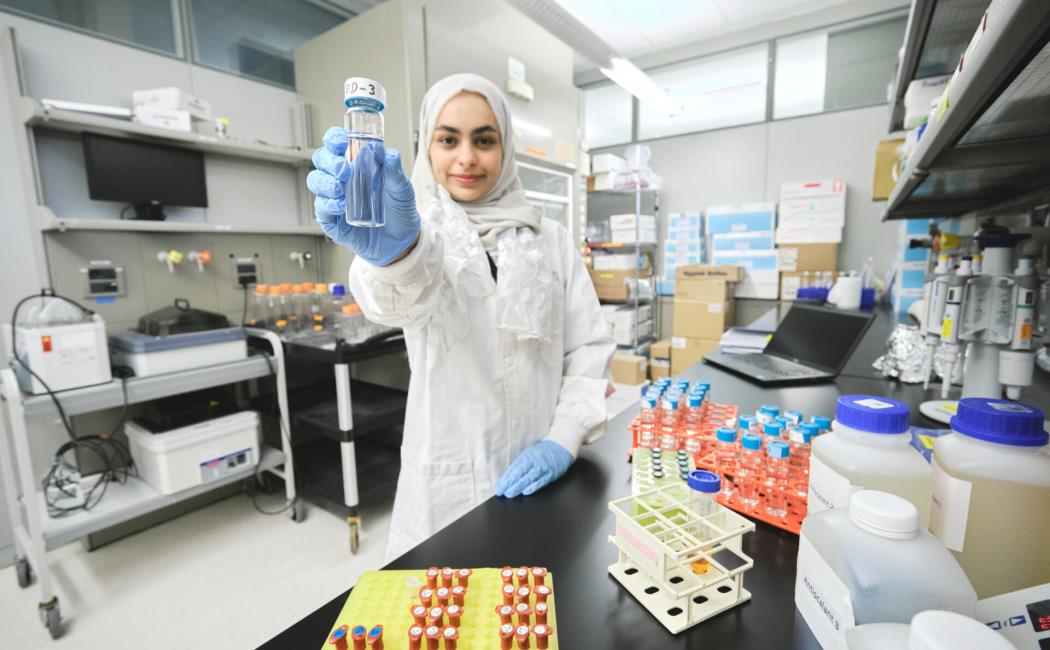
Saving desalination membranes from minerals and microbes
11 May, 2023
Identifying the components of membrane antiscalants that cause biofouling could help make seawater desalination a more sustainable source of fresh water.
“Safe drinking water is a human right,” says environmental scientist Graciela Gonzalez-Gil, “yet roughly 800 million people have no access.” The United Nations estimates that demand for fresh water could exceed the natural water cycle supply by as much as 40 percent by 2030.
“Seawater desalination — particularly by reverse osmosis (SWRO), which involves pressurizing seawater through a membrane at high pressure to remove salt and impurities — has become a widely adopted low-cost source of drinking water in arid coastal countries,” says Gonzalez-Gil’s colleague and KAUST alumni Ratul Das, who now works as Head of Desalination R&D for energy company ACWA Power, which has 16 water seawater desalination plants across four countries.